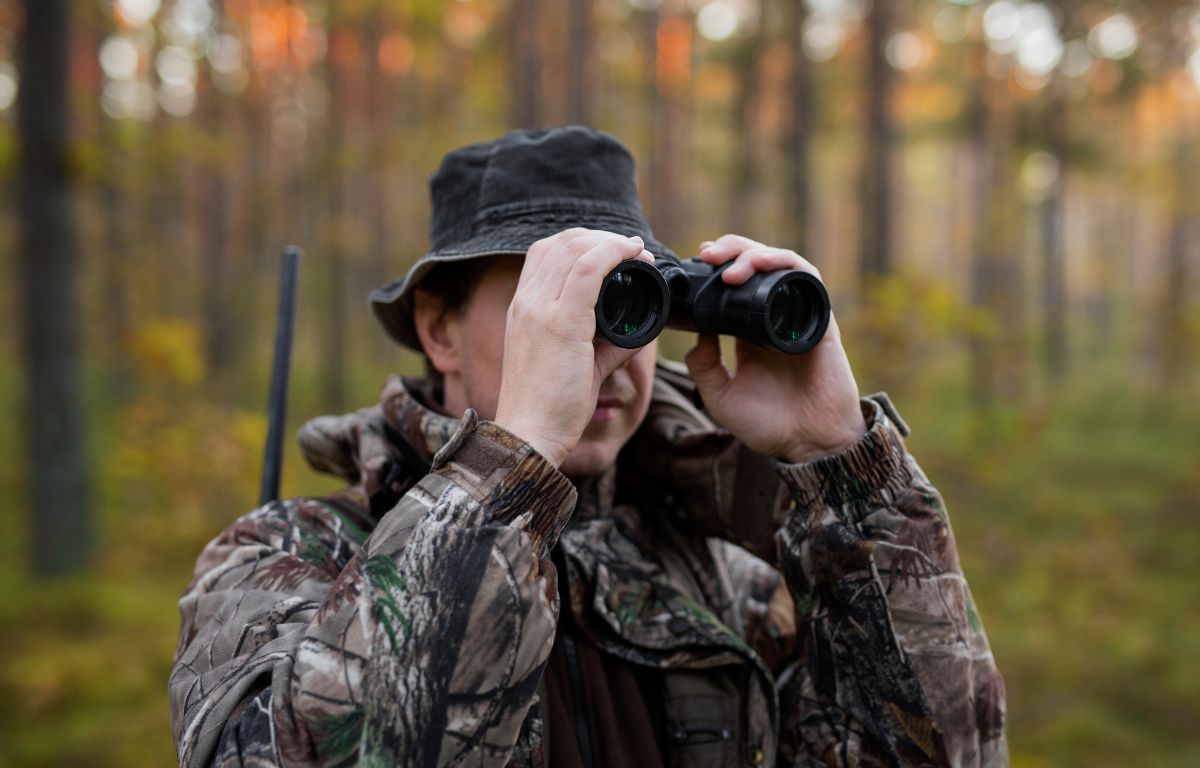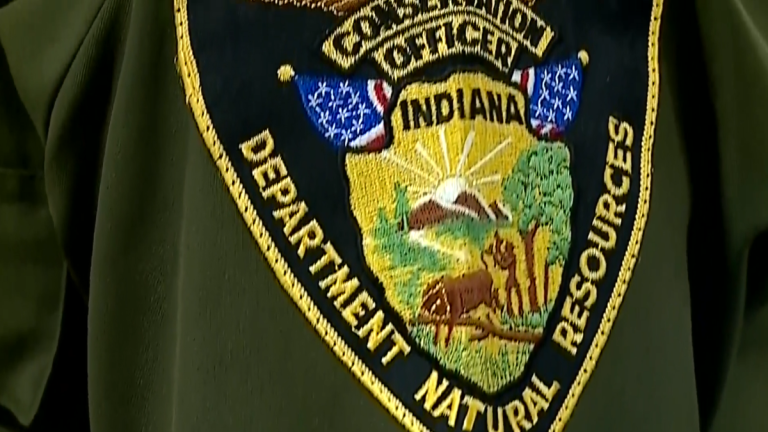What to wear while deer hunting and other must have gear
When it comes to deer hunting, what you wear can make or break your deer hunting trip. This will not only affect your comfort and mobility, but it can also play a critical role in your success as a hunter.
In this hunting guide, we’ll discuss what type of clothes you should wear while deer hunting and some additional basic gear to bring.
Table of Contents
What to wear deer hunting?
While deer hunting, it’s important to wear clothing that is comfortable and keeps you dry from the outside elements. You also want to blend in with your surroundings. This is especially important when deer hunting, as they have keen eyesight and can spot movement from a long distance away.
Camouflage patterns are popular for this reason. They help to break up your outline and make you less visible to deer.
You also want to make sure you clothing that keeps you dry. This is especially true during the early morning hours when it’s coldest, and when there is a likelihood of dew or light rain.
Layering is key to staying warm, so consider wearing a base layer of long underwear, a mid-layer of fleece or wool, and an outer layer of waterproof and windproof fabric. You can also get a Little Buddy heater and put in the deer blind on those coldest days to warm you up.
It’s also important to wear clothing that allows for freedom of movement. You’ll need to be able to climb over logs, crawl through brush, and move quickly and quietly through the woods.
Avoid wearing anything too tight or restrictive, and choose clothing that is lightweight and breathable. This also depends on if you are hunting using the stalking method or choosing to set in one location.
What type of clothing to wear deer hunting
- A camo hunting jacket or vest: This will be your primary outer layer, and it should be waterproof and windproof to keep you warm and dry. It should also have plenty of pockets for carrying gear, and it should be comfortable and non-restrictive.
- Camo hunting pants: Like your jacket or vest, your hunting pants should be waterproof and windproof, and they should be comfortable and non-restrictive. Look for pants with reinforced knees and seat for added durability.
- Camo hunting boots: Your feet will be your primary mode of transportation when hunting, so it’s important to choose the right boots. Look for boots that are waterproof, insulated, and have good traction. They should also be comfortable and non-restrictive.
- Camo hunting gloves: Your hands will be exposed to the elements when hunting, so it’s important to keep them warm and dry. Look for gloves that are waterproof and insulated, and that allow for good dexterity.
- Camo hunting hat: A hat is important for keeping your head warm and dry, and it can also help to break up your outline and make you less visible to deer. Look for a hat with a brim to keep rain or snow out of your eyes, and with a camo pattern that matches your jacket and pants.
- Camo hunting face mask: A face mask can help to keep your face warm and dry, and it can also help to break up your outline and make you less visible to deer. Look for a face mask that covers your face and neck, and that has a camo pattern that matches your jacket and pants.

Gear to bring on hunting trips
- A hunting rifle, shotgun, or muzzleloader: This will be your primary means of taking down deer, so choose a gun that is suitable for the type of hunting you’ll be doing and that you are comfortable using.
- Ammunition: Be sure to bring enough ammunition for your firearms, as well as any necessary accessories, such as cleaning kits and spare parts.
- A hunting pack: A good hunting pack is essential for carrying your gear, food, and any other supplies you’ll need while in the woods. Look for a pack with plenty of pockets and compartments for organizing your gear, and with a sturdy frame for carrying heavy loads.
- A hunting knife: A good hunting knife will be useful for a variety of tasks, from field dressing a deer to cutting through brush. Look for a knife with a sturdy blade and a comfortable handle.
- A hunting compass: A compass is essential for navigating the woods, especially if you’re hunting in an unfamiliar area or if you’re planning to hike long distances. Look for a compass with a clear, easy-to-read dial and a durable construction.
- A hunting blind or stand: A hunting ground blind or stand can provide a comfortable and concealed place to wait for deer to pass by. Look for a blind or stand that is sturdy, well-constructed, and easy to set up and take down.
- A first aid kit: Accidents can happen when you’re in the woods, so it’s important to bring a well-stocked first aid kit with you. Be sure to include bandages, antiseptic wipes, pain relievers, and any other items you may need in case of injury.
- A flashlight or headlamp: You may need to hunt at dawn or dusk, or you may find yourself out in the woods after dark. Bring a flashlight or headlamp to help you see in the dark and to make it easier to navigate through the woods.
- Food and water: Be sure to bring enough food and water to sustain you for the duration of your hunting trip. Pack high-energy snacks, such as granola bars and trail mix, as well as water bottles or a water filter to stay hydrated.
- Extra clothing: The weather can be unpredictable, so be sure to bring extra clothing in case you get wet or cold. This can include extra layers, a rain jacket, gloves, and a hat.
Additional things to bring on your hunting trip
- Checking the weather forecast: This will help you to plan what to wear and what gear to bring with you. Be prepared for a range of conditions, from cold and rainy to warm and sunny.
- Getting in shape: Hunting can be physically demanding, so it’s important to be in good physical shape. This will help you to move quickly and quietly through the woods, and to carry your gear without getting tired.
- Practicing with your firearms: Whether you’re using a rifle, a shotgun, or a muzzleloader, it’s important to practice with your firearms before going on a hunting trip. This will help you to become familiar with your gun and to develop your shooting skills.
- Scouting the area: Before you start hunting, it’s a good idea to scout the area to see where the deer are likely to be. Look for signs of deer activity, such as tracks, droppings, and rubs on trees, and try to identify good places to set up a hunting blind or stand.
- Obtaining the necessary licenses and permits: Depending on where you live, you may need to obtain a hunting license and any necessary permits before you can legally hunt deer. Be sure to check the regulations in your area and to obtain the necessary documents before you go hunting.
Conclusion
In conclusion, deer hunting can be a challenging but rewarding experience. By choosing the right clothing and gear, getting in shape, practicing with your firearms, scouting the area, and obtaining the necessary licenses and permits, you’ll be well-prepared for a successful deer hunting trip.








